Azita Moradkhani
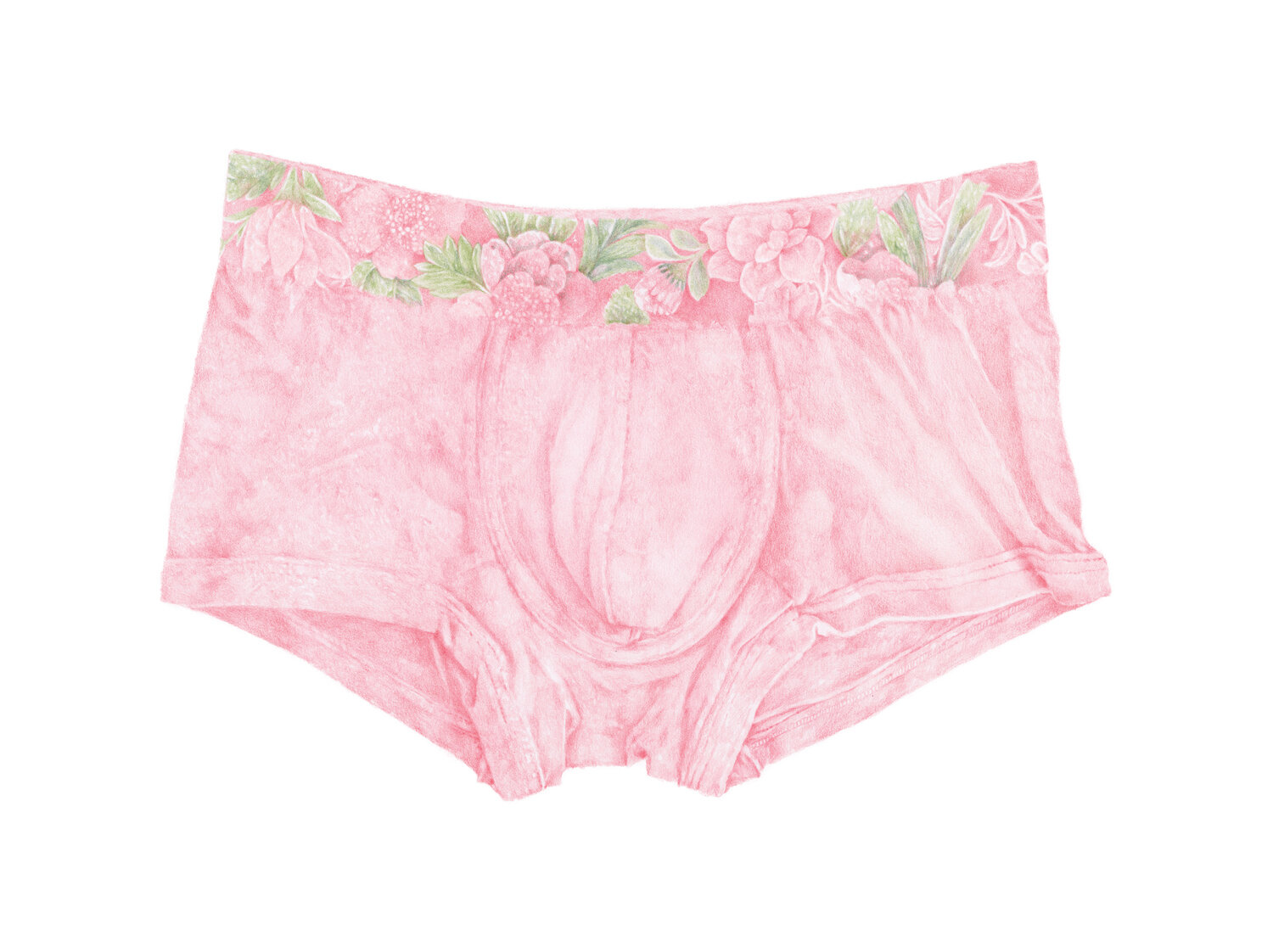
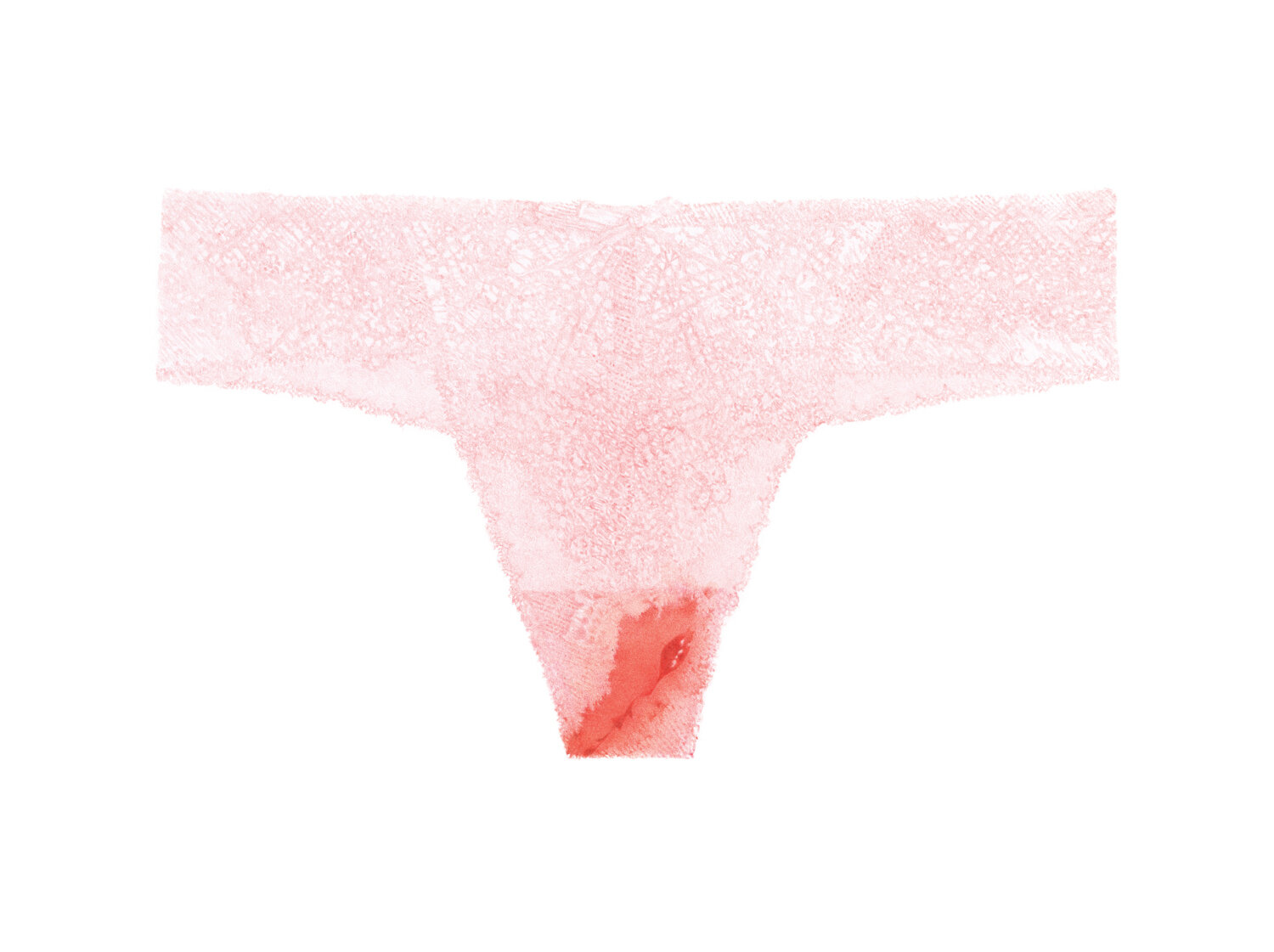

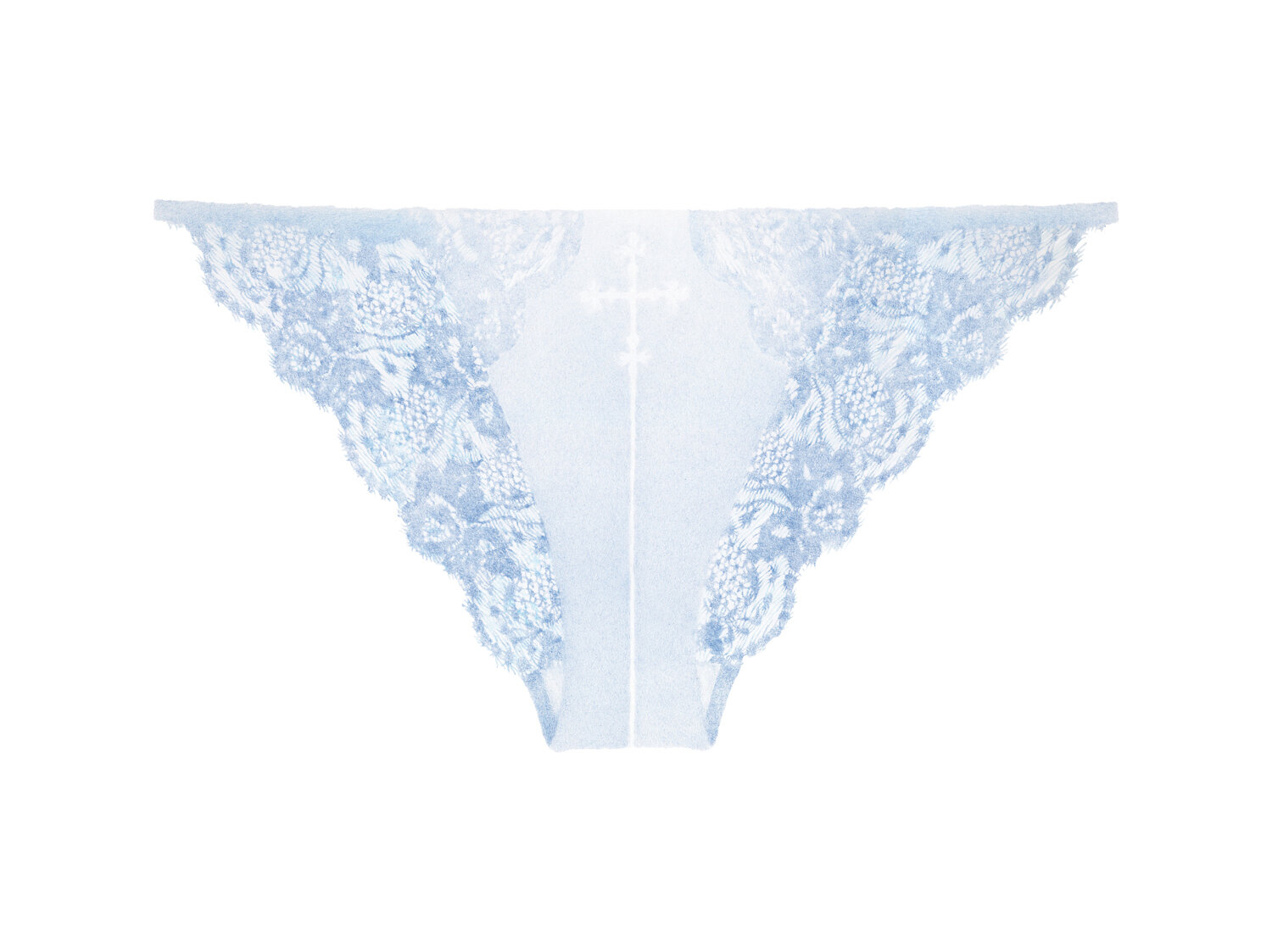
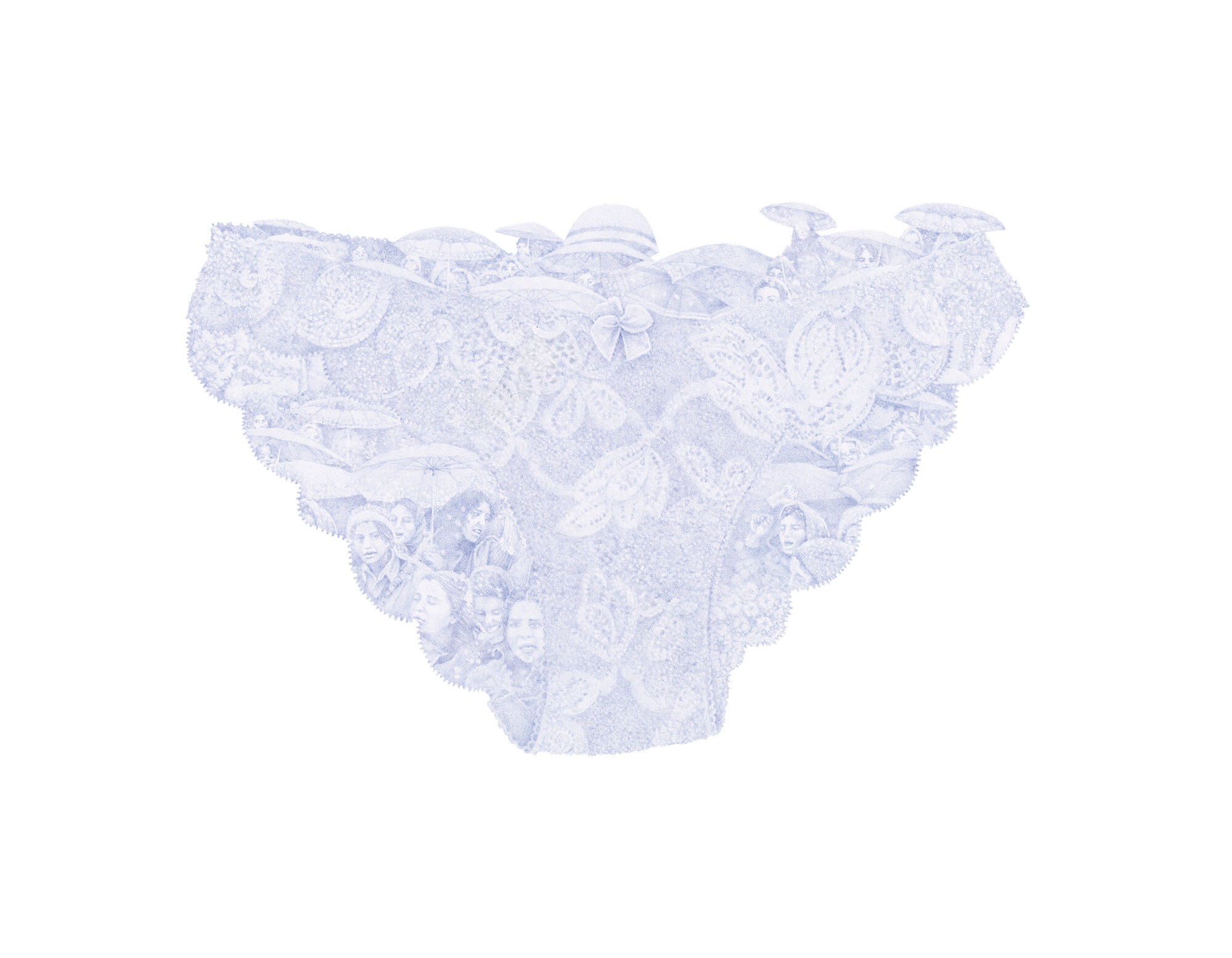
Victorious Secrets
Born in Tehran where she was exposed to Persian art and culture as well as Iranian politics, Moradkhani developed a profound sensitivity to the dynamics of the vulnerability and violence.
Drawings of intimate lingerie—beautiful, delicate, and seductive—uses an aesthetics of pleasure to shift our focus to possibility, to hope. Yet as we look more closely, through the layers of colored pencil, past the details of lace and filigree, disruptive iconography become apparent, narrating inherited histories of nation and belief, engaging us in more complex ways.
Similar to her drawings, Moradkhani’s body casts are extraordinarily beautiful. By casting her own body, she places herself in a vulnerable situation which challenges her own belief systems. She again mixes imagery—tattoos of memory and history—to emphasize both inter- and dis-connections between sexual representation and national identity, between the public and the private.
Nicole Buchanan
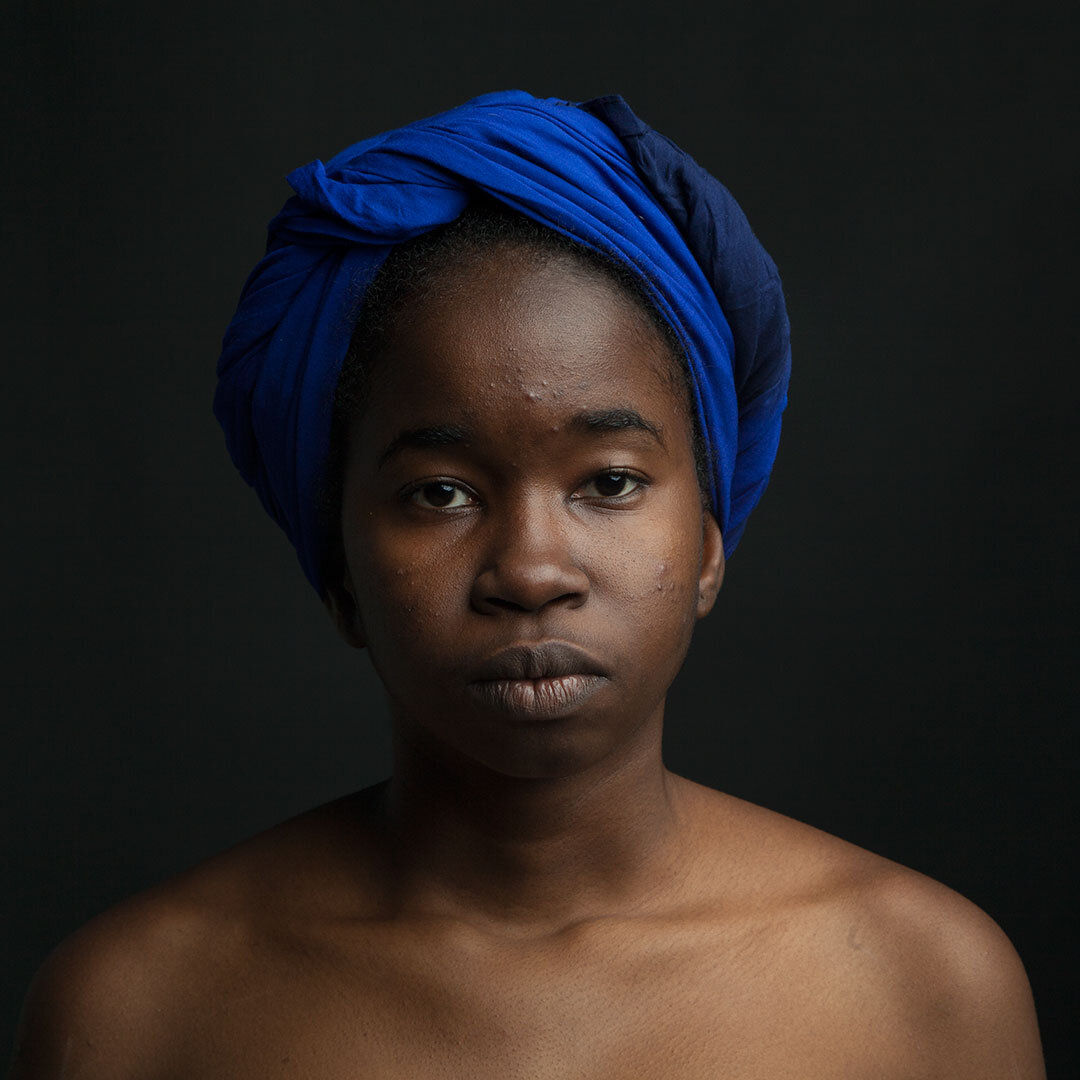
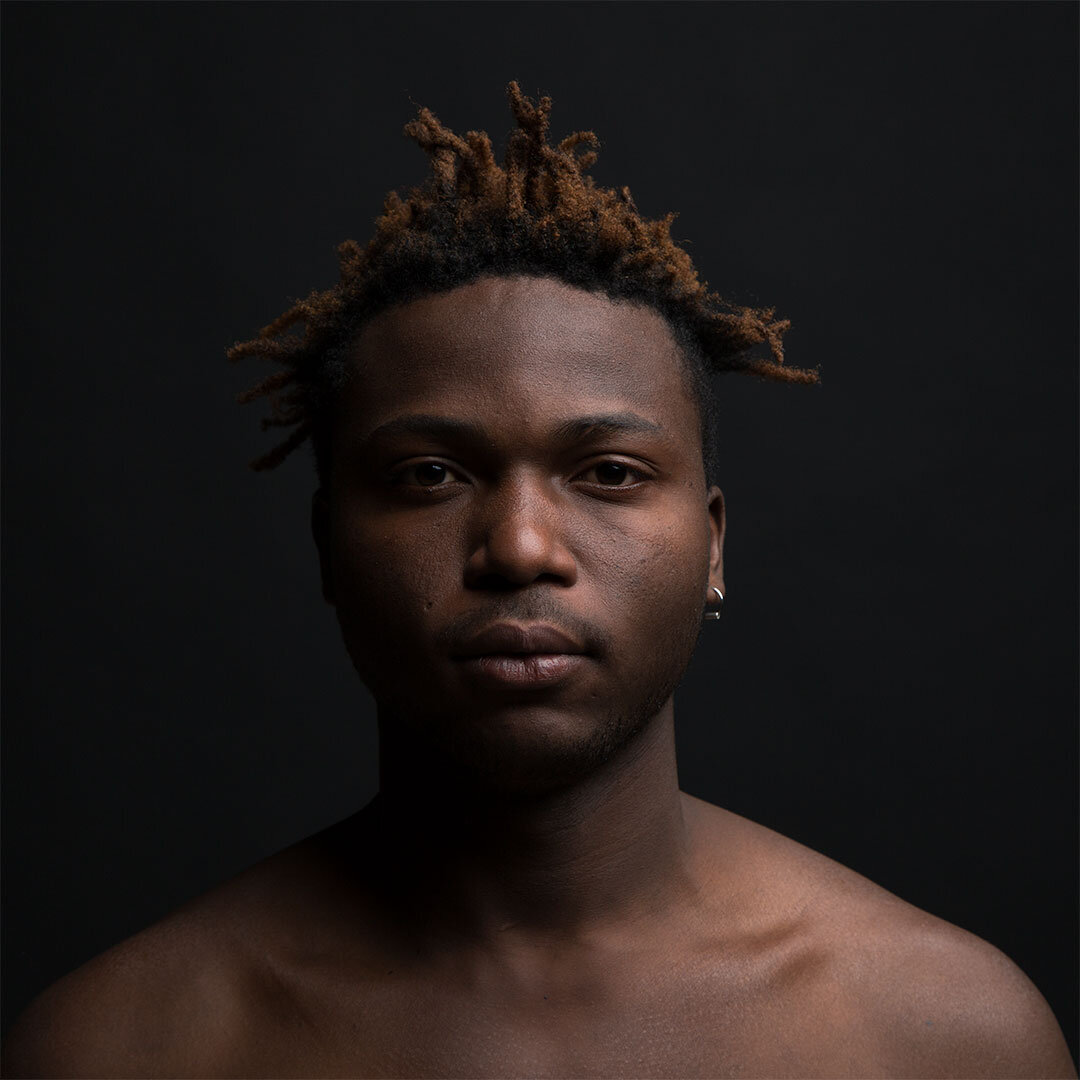
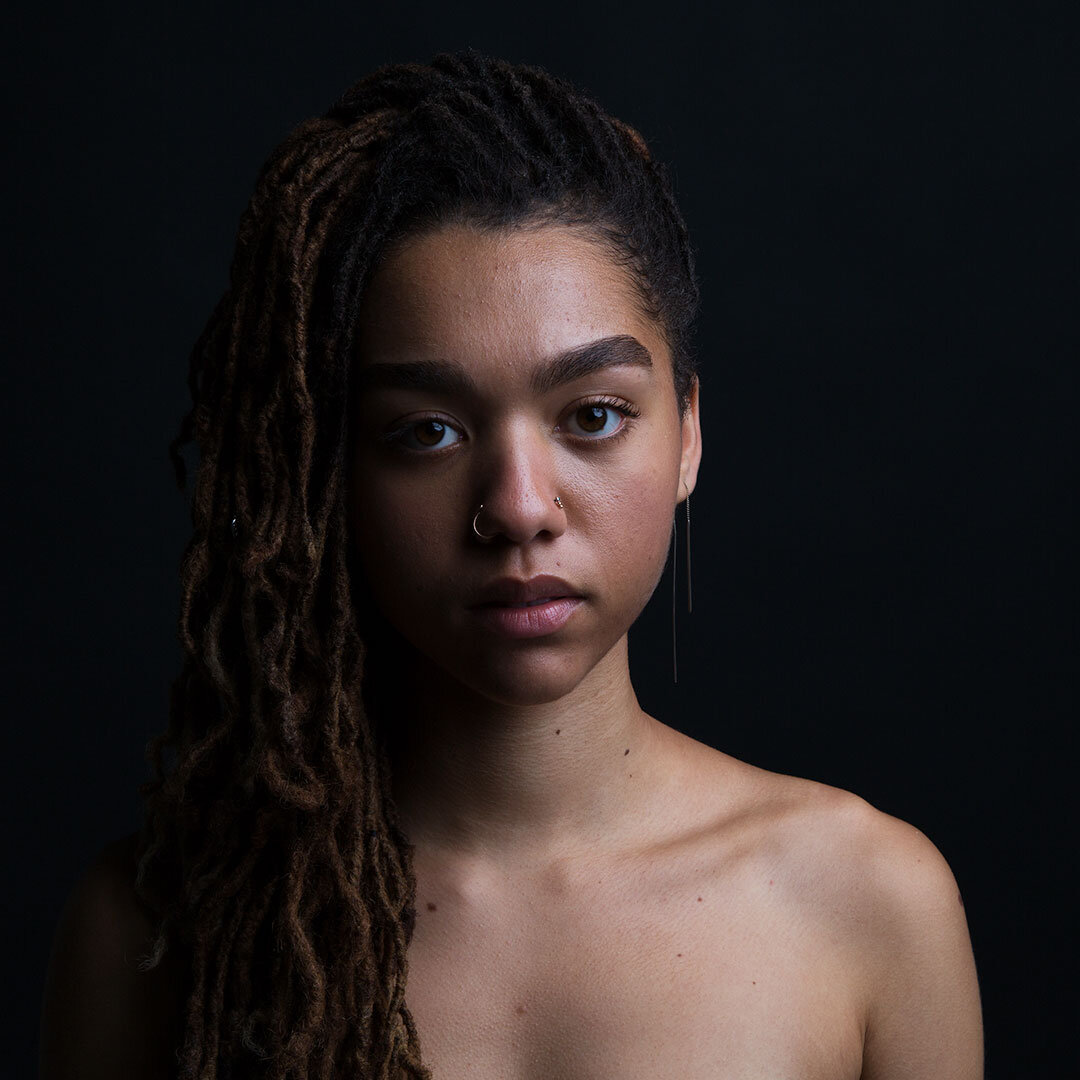
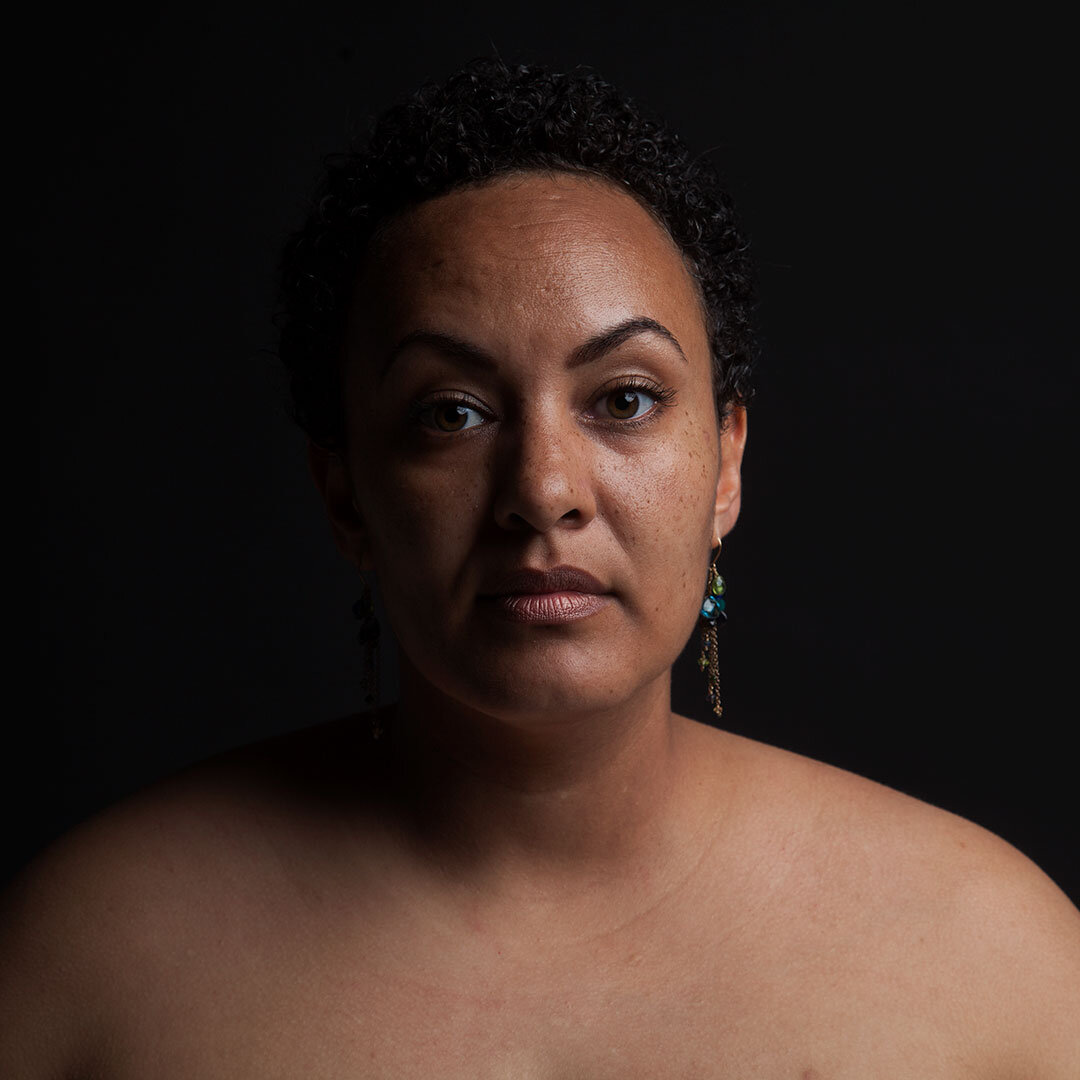
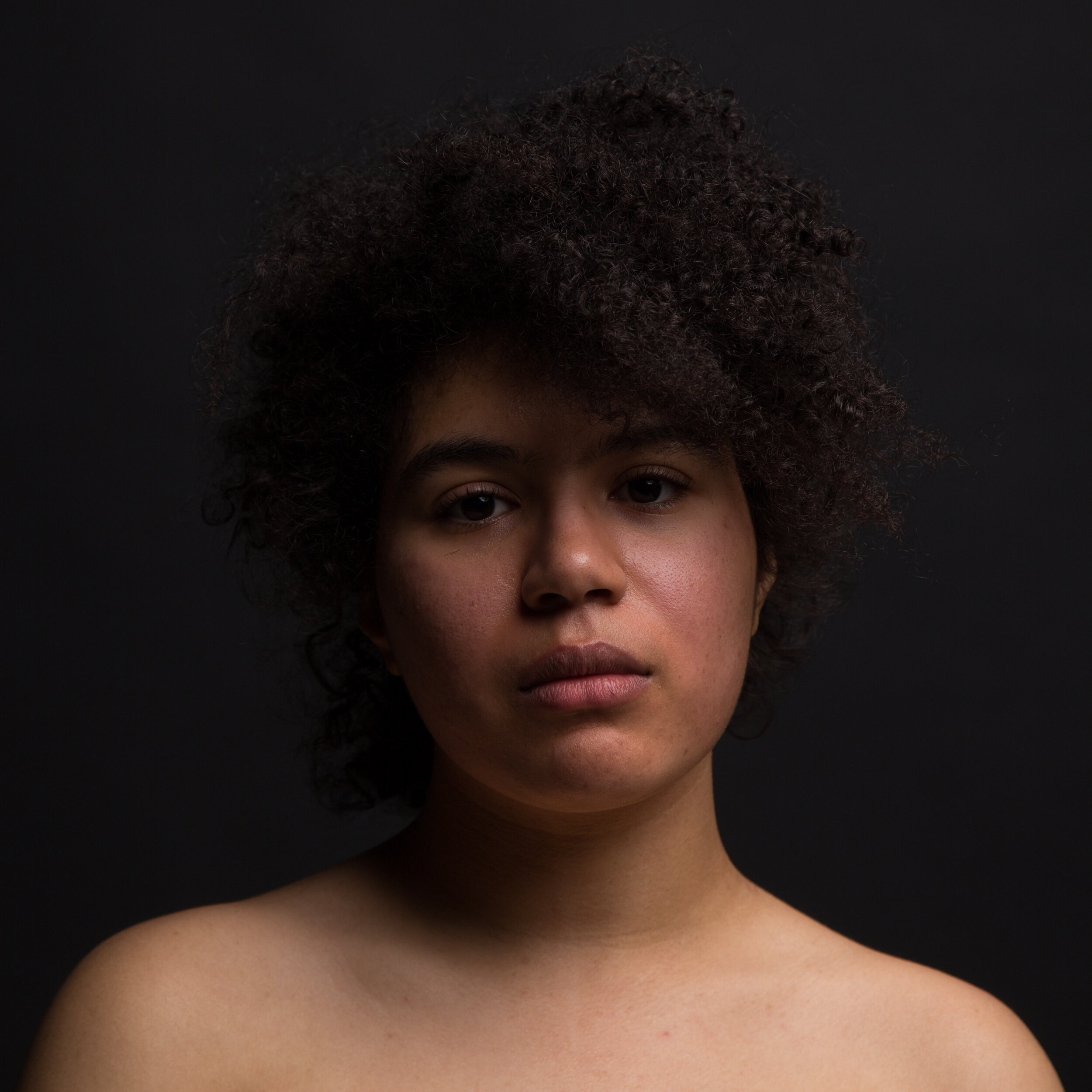
The Skin I’m In
Nicole Buchanan’s in the Skin I’m In is a project which began when she was at the Rhode Island School of Design. Arriving at RISD from Atlanta, she set about to network and use photography as a way to bring students and colleagues together. Through the school registrar, Buchanan sent an email to all RISD under grad and graduate students asking if they identified as African or African American to contact her if they were interested in having their portrait made. 92 students responded and of those, 50 had their portraits made.
The portraits are in a square format. They are all lit in the same manner. The subjects are seen from the shoulders up…free of clothing and other indicators that would imply religious, social or economic status. We see only the occasional earring, tattoo, scar, or glasses. The resulting portrait, empty of most visual clues, allows the viewer to concentrate on the sameness – which is also the difference – the color of one’s skin.
In ‘The Skin I’m In’, I wanted to give a voice to the students who identify as being African, African American and from the African Diaspora at the Rhode Island School of Design. Our race plays a role in the perception of our work whether we want it to or not. Incorporating our dual identities as black students and artists in describing our experience of underrepresentation and micro aggressions that occur not only in the classroom but on campus. Additionally, challenging the stereotype of males being viewed as, criminals and thugs, similarly how women are over sexualized in the media. This plays into effect in racially profiling by the police and everyday society. Giving a voice to these students who are underrepresented and silenced is the most important thing in doing this project. -Nicole Buchanan
Another consequence of Buchanan’s In The Skin I’m In, was how it became a catalyst to recognize and discuss racial inequality at the school… those who participated became a community of friends and colleagues.
